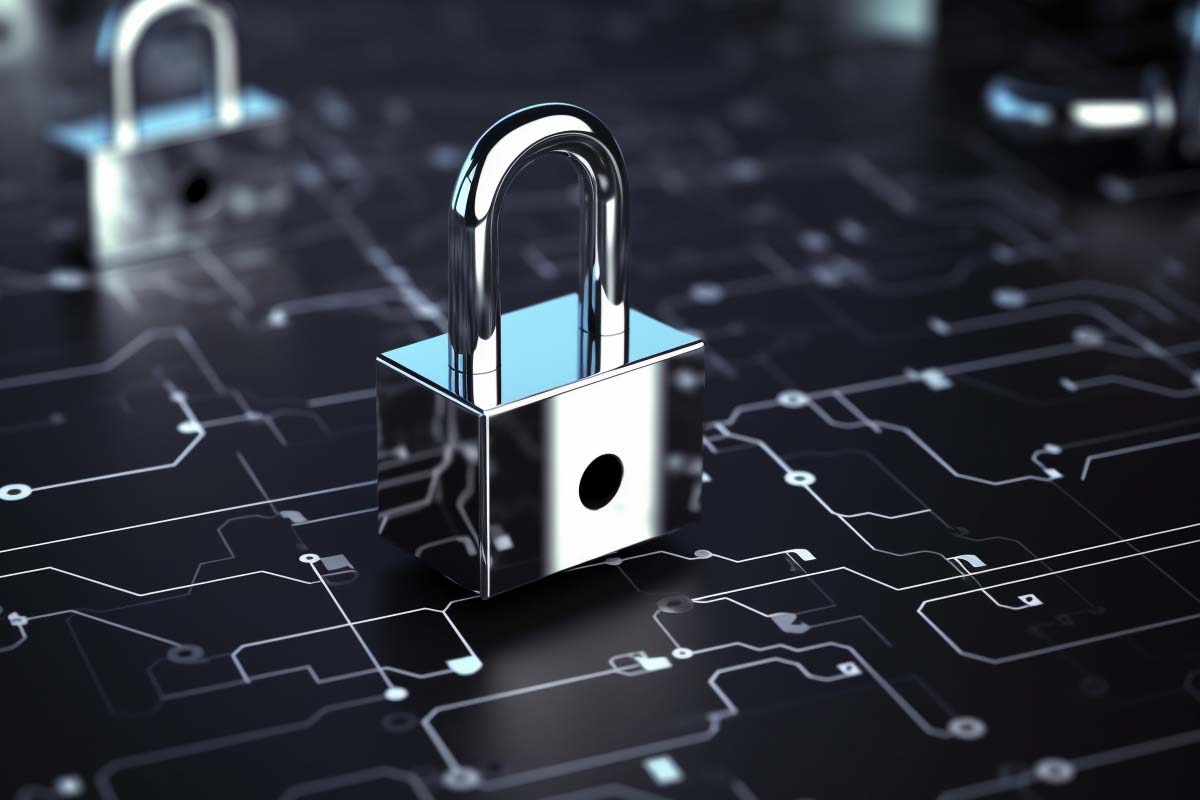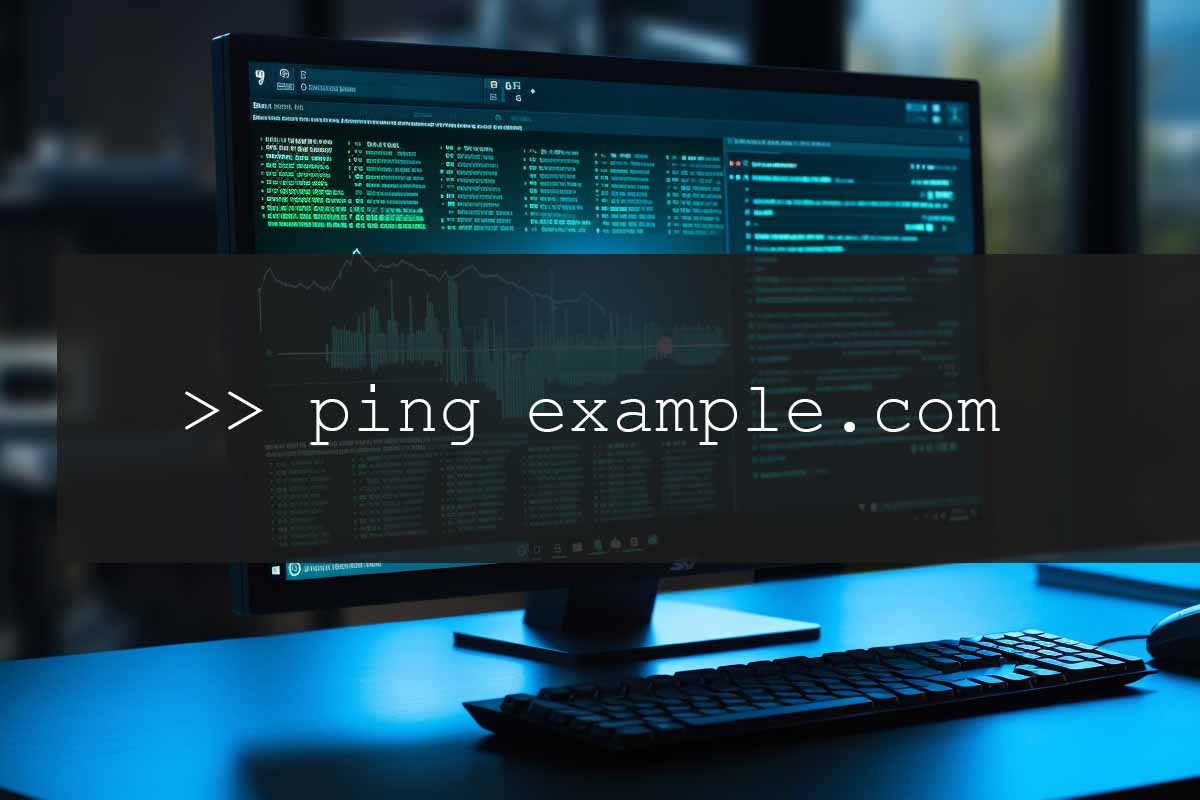Introduction : Navigating the Digital Fortress – The Critical Role of Cybersecurity Policies and Procedures
In the Digital Age, Information is Power – and Risk: As businesses and organizations increasingly rely on digital technologies, the safeguarding of sensitive information has transformed from a technical challenge to a strategic imperative. Cybersecurity policies and procedures stand at the forefront of this battle, serving as the blueprint for defending against an ever-evolving array of cyber threats.
Defining Cybersecurity Policies and Procedures : At their core, cybersecurity policies and procedures are more than just documents or sets of rules. They are the foundation upon which a secure and resilient digital infrastructure is built. A cybersecurity policy is a comprehensive plan that outlines the expectations, roles, and responsibilities within an organization to protect its digital assets. It encompasses everything from the management of IT systems and data to the behavior of employees and the response to security incidents.
The Anatomy of Cybersecurity Failures : In an era where cyber-attacks are not just common but also increasingly sophisticated, the absence of robust cybersecurity policies can be likened to leaving the digital doors wide open to attackers. Without a structured approach to cybersecurity, organizations are vulnerable to data breaches, financial losses, legal repercussions, and damage to their reputation. The stakes are high, and the costs of negligence can be catastrophic, ranging from financial penalties to a permanent loss of customer trust.
A Call to Action : Whether you are establishing a new cybersecurity team or enhancing existing security protocols, the need for clear and effective cybersecurity policies is undeniable. In this blog, we will delve into the intricacies of developing cybersecurity policies and procedures tailored to the unique needs and vulnerabilities of your organization. From understanding the types of policies needed to implementing them effectively across different levels of your organization, this guide aims to equip you with the knowledge and tools to fortify your digital defenses.
Navigating the Cybersecurity Labyrinth : Join us as we explore the vital components of cybersecurity policies, understand why they are essential, and learn how to craft policies that are not only robust but also adaptable to the ever-changing landscape of cyber threats. Our journey will take us through the complexities of cybersecurity in the modern business world, highlighting the importance of a proactive and informed approach to protecting your organization’s most valuable digital assets.

Information Security Manager Career Path
Propel your career forward and be part of an essential member of any management team as an Information Security Manager. This advanced training series is designed specifically for those want to move up into a management position in the IT field.
Why Security Policies Matter : The Pillars of Digital Defense
Establishing a Security-Conscious Culture : In the digital era, every employee plays a pivotal role in maintaining cybersecurity. Well-articulated policies set a clear standard, fostering a culture where security is everyone’s responsibility. This cultural shift is essential in an environment where even a single lapse can open doors to cyber threats.
Preventing Data Breaches and Cyberattacks : The primary goal of cybersecurity policies is to protect against threats such as data breaches, ransomware attacks, and other forms of cybercrime. These policies outline defense mechanisms, from securing networks to safeguarding data, thus forming the backbone of an organization’s cybersecurity defense strategy.
Clarity in Role and Responsibility : Clearly defined policies demarcate roles and responsibilities, ensuring that every member of the organization understands their part in the cybersecurity framework. This clarity is vital in both preventing security incidents and responding effectively when they occur.
Regulatory Compliance and Legal Protection : With the increasing number of regulations governing data privacy and security, such as GDPR, HIPAA, and others, cybersecurity policies ensure that an organization complies with legal requirements. Non-compliance can lead to significant fines and legal ramifications, making compliance a crucial consideration.
Mitigating Insider Threats : Insider threats, whether intentional or accidental, are among the most significant risks to an organization’s cybersecurity. Effective policies help in mitigating these risks by setting clear guidelines on access control, data handling, and other sensitive aspects of organizational operations.
Customer Trust and Brand Reputation : In a market where trust is a currency, robust cybersecurity policies are integral to maintaining and enhancing customer confidence. Customers are more likely to engage with organizations they believe are safe and responsible with their data.
Facilitating Risk Management and Decision Making : Cybersecurity policies play a crucial role in an organization’s broader risk management strategy. They provide a framework for identifying, assessing, and mitigating risks, thereby guiding informed decision-making and resource allocation.
Enabling Business Continuity and Resilience : In the face of a cyber incident, well-established policies ensure minimal disruption to business operations. They include contingency plans like disaster recovery and business continuity strategies, crucial for maintaining operational resilience.
Encouraging Proactive Rather Than Reactive Approaches : A well-thought-out cybersecurity policy puts an organization in a proactive stance. It enables teams to anticipate and prepare for potential cybersecurity challenges rather than reacting to them after the fact, which is often costlier and more damaging.
1. Types of Cybersecurity Policies
| Type | Description |
|---|---|
| Program Policies | Overarching plans covering the entire organization’s security strategy. |
| Issue-Specific Policies | Target specific operational concerns like email security or BYOD practices. |
| System-Specific Policies | Focus on particular systems or technologies, detailing security goals and operational guidelines. |

Lock In Our Lowest Price Ever For Only $14.99 Monthly Access
Your career in information technology last for years. Technology changes rapidly. An ITU Online IT Training subscription offers you flexible and affordable IT training. With our IT training at your fingertips, your career opportunities are never ending as you grow your skills.
Plus, start today and get 10 free days with no obligation.
Key Elements of a Cybersecurity Policy
| Element | Description |
|---|---|
| Defined Objectives | Clear, achievable goals for what the policy aims to accomplish. |
| Scope and Applicability | The reach of the policy, including who it applies to and under what circumstances. |
| Non-Technical Language | Using clear, understandable language for a non-technical audience, especially in program policies. |
| Regular Updates | Updating policies regularly to adapt to new threats and changes in the organization. |
| Documentation and Compliance | Ensuring policies are written, understood, and adhered to, with clear penalties for breaches. |
Developing Your Cybersecurity Policies
| Step | Description |
|---|---|
| Identify Risks, Assets, and Threats | Assess potential risks and prioritize assets that need protection. |
| Establish Password Requirements | Develop strong password policies and guidelines for password management. |
| Designate Email Security Measures | Set guidelines for safe email practices to avoid threats like phishing. |
| Define Data Handling Protocols | Outline how sensitive data should be managed and protected. |
| Set Tech and Internet Usage Standards | Create rules for technology use, especially important for remote teams. |
| Develop Cybersecurity Response Plans | Include steps and procedures to follow in the event of a cyber-attack. |
| Ensure Compliance with Regulations | Align policies with legal and regulatory requirements. |
| Test and Evaluate Policies | Regularly test policies to ensure effectiveness and make necessary adjustments. |
| Update Policies Regularly | Stay up-to-date with the latest cybersecurity trends and threats. |
| Employee Training and Awareness | Educate employees about cybersecurity best practices and their role in maintaining security. |
Implementing cybersecurity policies effectively
Top-Down Endorsement
- Executive Support : Secure buy-in from top management. When leaders prioritize cybersecurity, it sets a tone for the entire organization.
- Visible Leadership : Have executives lead by example, adhering to the policies themselves.
Clear Communication
- Policy Awareness : Ensure every employee is aware of the policies. Use multiple communication channels like emails, meetings, and intranet postings.
- Understandable Language : Communicate the policies in simple language that all employees can understand, avoiding overly technical jargon.
Training and Education
- Regular Training Sessions : Conduct frequent training sessions to educate employees about their roles in cybersecurity.
- Engaging Formats : Use interactive and engaging training methods like workshops, e-learning modules, and simulations.
Integration into Corporate Culture
- Incorporate into Daily Routine : Embed security practices into the daily workflow to make them a habit.
- Security as a Core Value : Promote a culture where security is a fundamental aspect of all operations.
Accessibility of Policies
- Easy Access : Make sure that the cybersecurity policies are easily accessible to all employees, possibly through an internal portal or handbook.
- Mobile Accessibility : Consider mobile-friendly formats for staff to access policies anytime, anywhere.
Regular Updates and Reviews
- Stay Current : Update policies regularly to reflect new threats, technological changes, and business processes.
- Feedback Loop : Establish a mechanism for employees to provide feedback on policy effectiveness and challenges.
Enforcement Mechanisms
- Accountability : Make adherence to cybersecurity policies part of performance evaluations.
- Consequences for Non-Compliance : Clearly communicate the consequences of not following the policies.
Realistic and Practical Policies
- Feasible Implementation : Ensure that policies are realistic and can be practically implemented in your organizational context.
- Balance Security and Usability : Policies should be secure but not so restrictive that they hinder productivity.
Tailoring Policies to Different Groups
- Role-Specific Guidelines : Customize aspects of the policy to different departments or roles as necessary.
- Special Attention to High-Risk Areas : Give extra focus to departments or roles with access to sensitive information.
Monitoring and Auditing
- Continuous Monitoring : Implement tools and procedures for ongoing monitoring of policy adherence.
- Regular Audits : Conduct periodic audits to ensure policies are being followed and are effective.
Incident Response Preparedness
- Response Plan: Have a clear and practiced incident response plan linked to the cybersecurity policies.
- Drills and Simulations: Regularly conduct drills to ensure readiness in case of a cybersecurity incident.
Leverage Technology
- Automate Compliance : Use technology to automate compliance where possible, such as through monitoring software and access controls.
- Tech for Training : Utilize technology for effective training delivery, like virtual reality or gamified learning experiences.
By following these hints, you can ensure that your cybersecurity policies are not only well-crafted but also deeply integrated into the fabric of your organization, actively contributing to a secure and aware workplace.
Conclusion: Securing the Future – The Imperative of Robust Cybersecurity Policies
The Digital Age Demands Vigilance : As we conclude our exploration of developing and implementing effective cybersecurity policies, it’s clear that in our increasingly digital world, vigilance is not just a necessity but a duty. The threats we face in the cyber realm are not static; they evolve constantly, becoming more sophisticated with each passing day. In this landscape, robust cybersecurity policies are not a luxury, but a critical line of defense for any organization.
A Culture of Security and Awareness : The journey towards a secure digital environment begins with a culture shift. A culture where cybersecurity is not seen as the sole responsibility of the IT department, but as a collective responsibility of all. This culture is built on the pillars of awareness, understanding, and proactive engagement at all levels of the organization.
The Role of Leadership and Commitment : Leadership commitment is paramount. When leaders embody and advocate for strong cybersecurity practices, it sends a powerful message throughout the organization – that security is a priority. This top-down approach is instrumental in driving compliance and fostering a security-conscious environment.
Continuous Learning and Adaptation : Cybersecurity is a field that never remains static. Hence, our policies and strategies must be dynamic, evolving with the changing threat landscape and technological advancements. Regular updates, continuous employee education, and an openness to adapt are the keys to staying ahead in this perpetual race against cyber threats.
Empowering Through Tools and Resources : It’s essential to empower employees with the right tools and resources. This includes access to up-to-date policies, ongoing training, and the technology needed to implement these policies effectively. When employees are equipped and informed, they become active participants in the organization’s cybersecurity defenses.
A Call to Action : As we part ways in this discussion, let’s remember that developing and implementing cybersecurity policies is an ongoing journey, one that demands our attention, effort, and proactive stance. Let’s not wait for a breach to occur to realize the value of these policies. Instead, let’s take action now, fortify our defenses, and build a safer digital world for ourselves and for future generations.
Your Role in Cybersecurity : Whether you are a CEO, an IT professional, or a new employee, your role in cybersecurity is pivotal. Embrace it, champion it, and live it. The security of your organization – and indeed, the broader digital ecosystem – depends on it.
Frequently Asked Questions: Developing and Implementing Cybersecurity Policies
What is the primary purpose of having a cybersecurity policy in an organization?
The primary purpose of a cybersecurity policy is to establish a set of guidelines and standards to protect an organization’s digital assets from cyber threats. This includes defining roles, responsibilities, and procedures to ensure the integrity, confidentiality, and availability of sensitive information.
How often should an organization update its cybersecurity policies?
Cybersecurity policies should be reviewed and updated regularly, at least annually, or whenever there are significant changes in technology, business processes, or the threat landscape. This ensures that the policies remain relevant and effective against evolving cyber threats.
What role do employees play in the effectiveness of cybersecurity policies?
Employees are crucial to the success of cybersecurity policies. They must be adequately trained and made aware of the policies to understand their roles and responsibilities in safeguarding organizational data. Regular training and awareness programs are essential in fostering a culture of cybersecurity.
Can small businesses benefit from implementing cybersecurity policies?
Absolutely. Cybersecurity policies are vital for businesses of all sizes. Small businesses are often targets of cyber attacks due to perceived weaker defenses. Having well-defined cybersecurity policies can significantly enhance their security posture and protect them from potential breaches.
What are the consequences of not having a cybersecurity policy in place?
Without a cybersecurity policy, an organization is more vulnerable to cyberattacks and data breaches. This can lead to severe consequences, including financial loss, damage to reputation, legal penalties, and loss of customer trust. Implementing robust cybersecurity policies is essential for mitigating these risks.
























